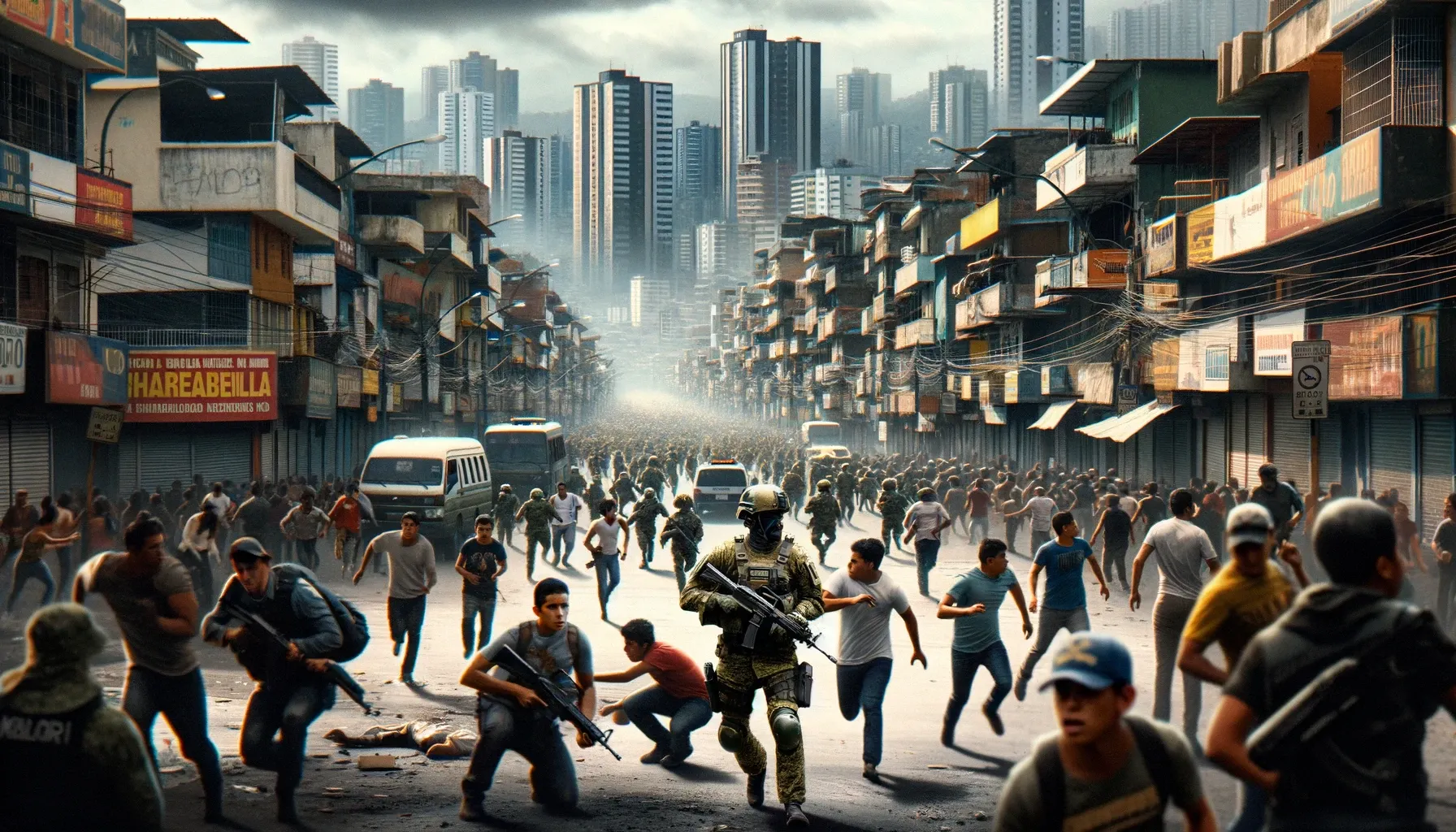Ecuador's Crisis: Armed Conflict and Emergency in Guayaquil
In recent days, Ecuador has been thrust into a state of turmoil, particularly in the city of Guayaquil, where violence has escalated dramatically. This article delves into the unfolding crisis, examining the causes, current situation, and the government's response to the unprecedented level of gang violence and insecurity.

In recent days, Ecuador has been thrust into a state of turmoil, particularly in the city of Guayaquil, where violence has escalated dramatically. This article delves into the unfolding crisis, examining the causes, current situation, and the government's response to the unprecedented level of gang violence and insecurity.
The Spark of Violence
The current wave of violence can be traced back to the escape of one of Ecuador's most notorious narco bosses, Jose Adolfo Macias, also known as "Fito." Macias, the leader of the country's biggest gang, Los Choneros, fled from prison, igniting a series of violent incidents across the country, especially in Guayaquil.
The On-Air Terror at Guayaquil's TV Studio
In a shocking display of brazenness, armed gunmen stormed a live television broadcast in Guayaquil, causing chaos and fear. The intruders, with their faces covered, opened fire and forced the crew to the ground, as viewers watched in horror. This incident marked a significant escalation in the gang violence that has been plaguing the city.
Government's Response
In response to this surge in violence, President Daniel Noboa declared an internal armed conflict and imposed a state of emergency and a nighttime curfew across Ecuador. Noboa's administration has taken a firm stance against the gangs, refusing to negotiate and vowing to restore peace and order. Military operations have been launched to "neutralize" the organized crime groups, described by the government as "terrorist organizations."
Wider Impact and International Reaction
The violence has not been confined to Guayaquil alone. There have been reports of multiple explosions, kidnappings of police officers, and widespread panic in various cities, including the capital, Quito. The international community has expressed concern, with the United States and neighboring countries closely monitoring the situation and offering support.
Conclusion
Ecuador, once known as a peaceful nation, is now grappling with a level of gang violence that has not been seen before. The situation remains fluid, with the government's efforts to restore order ongoing. As the country faces this crisis, the world watches, hoping for a swift and peaceful resolution.




